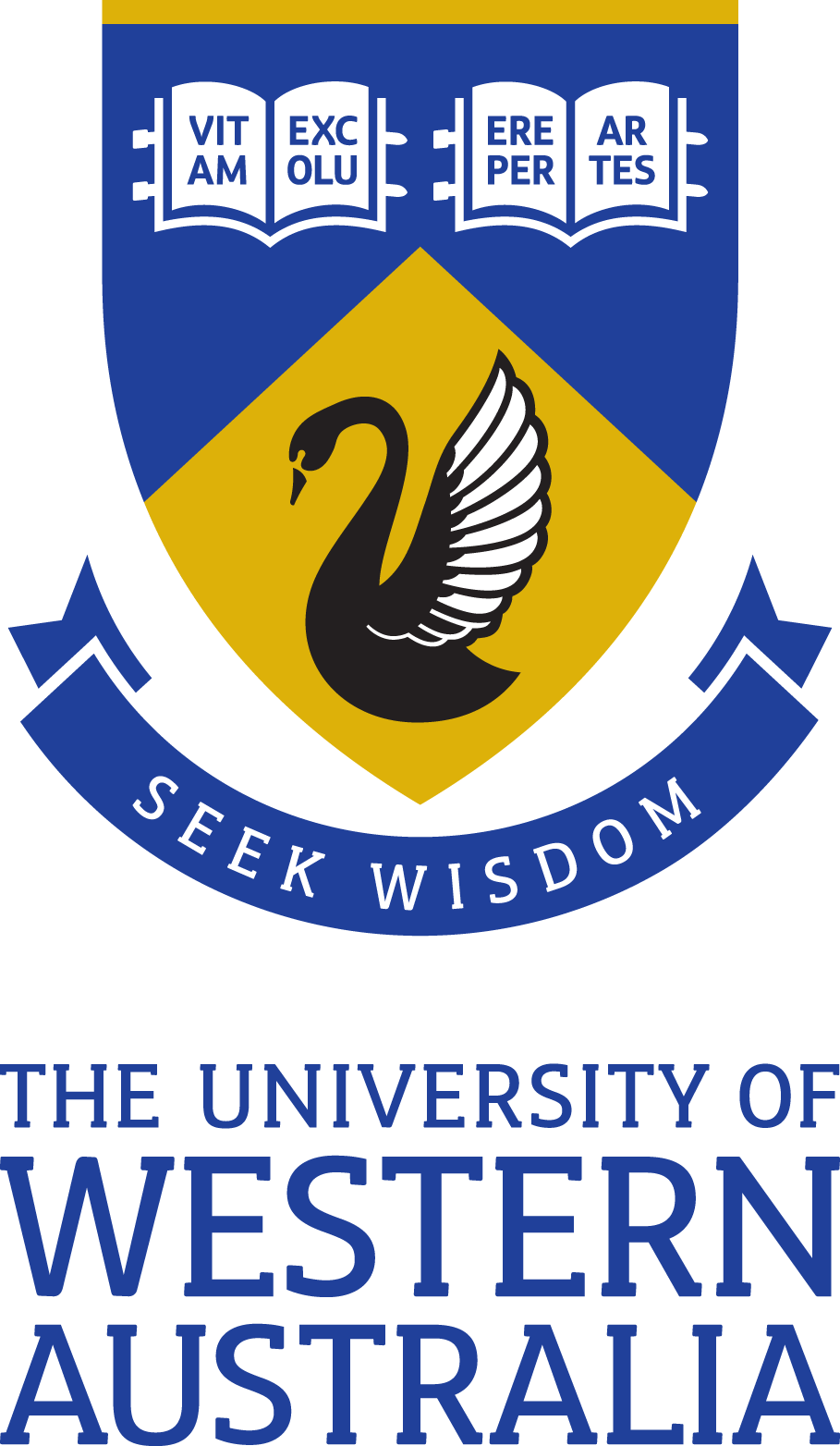Full description
The pentatricopeptide repeat protein GENOMES UNCOUPLED1 (GUN1) is required for chloroplast-to-nucleus signalling in response to plastid stress during chloroplast development in Arabidopsis thaliana but its exact molecular function remains unknown. Current data on GUN1 function is limited to Arabidopsis, so we set out to investigate the origin and evolution of the land plant GUN1 proteins. We retrieved GUN1 sequences from 76 phylogenetically diverse land plants and developed a GUN1 sequence profile using hmmbuild (http://hmmer.org). We then used this profile to systematically analyse the presence/absence of GUN1 sequences in transcriptomes from land plants and streptophyte algae. This dataset includes the GUN1 profile we developed, the code we used to analyse the results of screening over 500,000 PPR protein sequences with the profile, and an alignment of the 893 GUN1 sequences that we obtained. We used this data to show that GUN1 is an ancient protein that is highly conserved across land plants but missing from the Rafflesiaceae that lack chloroplast genomes. Our findings suggest that GUN1 is an ancient protein that evolved within the streptophyte algal ancestors of land plants before the first plants colonised land more than 470 million years ago. This dataset also includes transcript count data from an RNA-seq experiment looking at gene expression in liverwort Marchantia polymorpha wild type and Mpgun1 mutant spore samples grown in the presence or absence of spectinomycin. We used this data to show that GUN1 does not act significantly in chloroplast retrograde signalling in the liverwort M. polymorpha. Its primary role is likely to be in chloroplast gene expression and its role in chloroplast retrograde signalling probably evolved more recently.Notes
External OrganisationsThe University of Western Australia
Associated Persons
ARC Centre Of Excellence In Plant Energy Biology (Contributor)
ARC Centre Of Excellence In Plant Energy Biology (Contributor)
Issued: 2022-06-30
Subjects
Arabidopsis |
FOS: Biological sciences |
Marchantia |
chloroplast gene expression |
retrograde signalling |
User Contributed Tags
Login to tag this record with meaningful keywords to make it easier to discover
Identifiers
- DOI : 10.5061/DRYAD.X0K6DJHMK

- global : e28d8d2a-a8b6-4cf3-9f69-580d8d30f922


